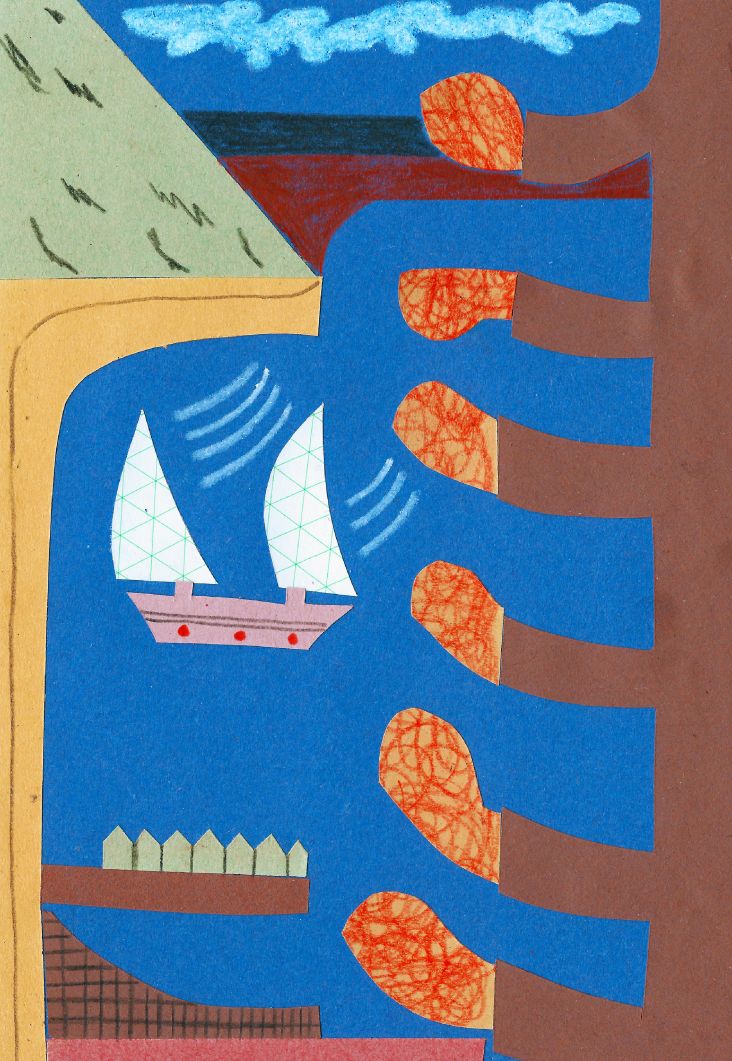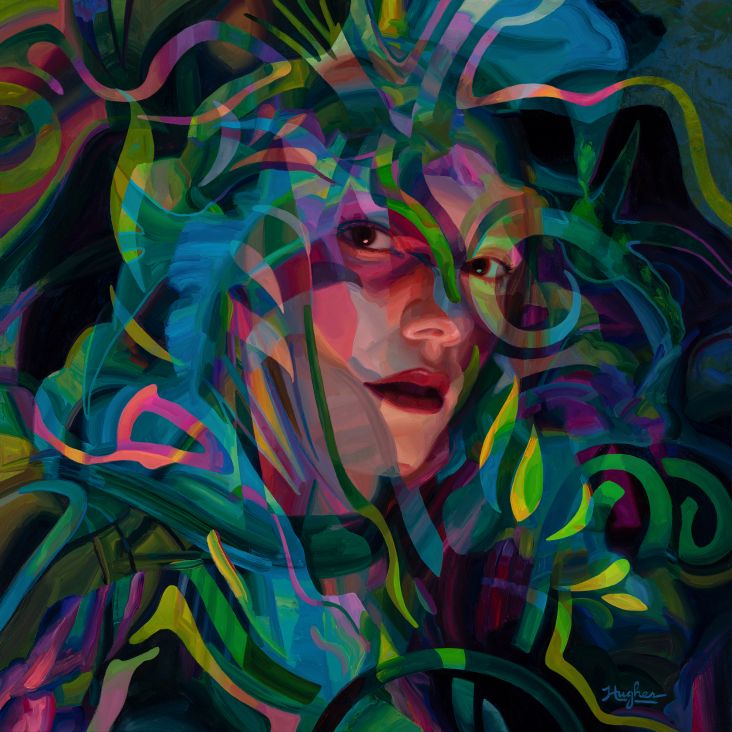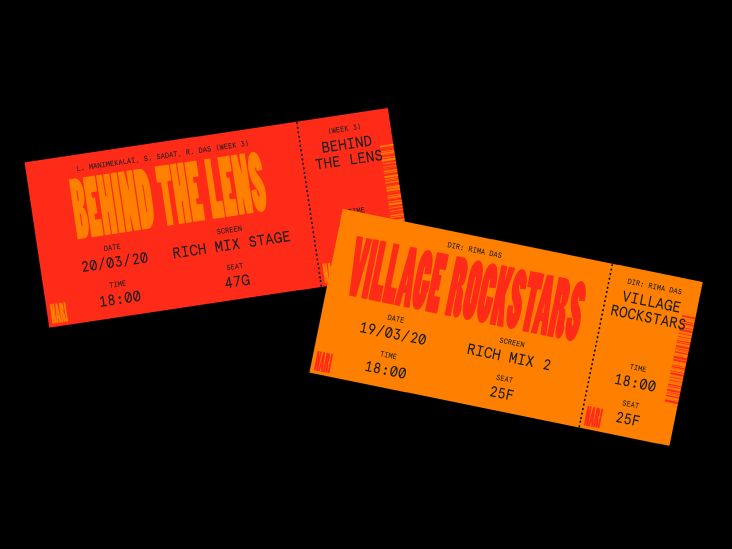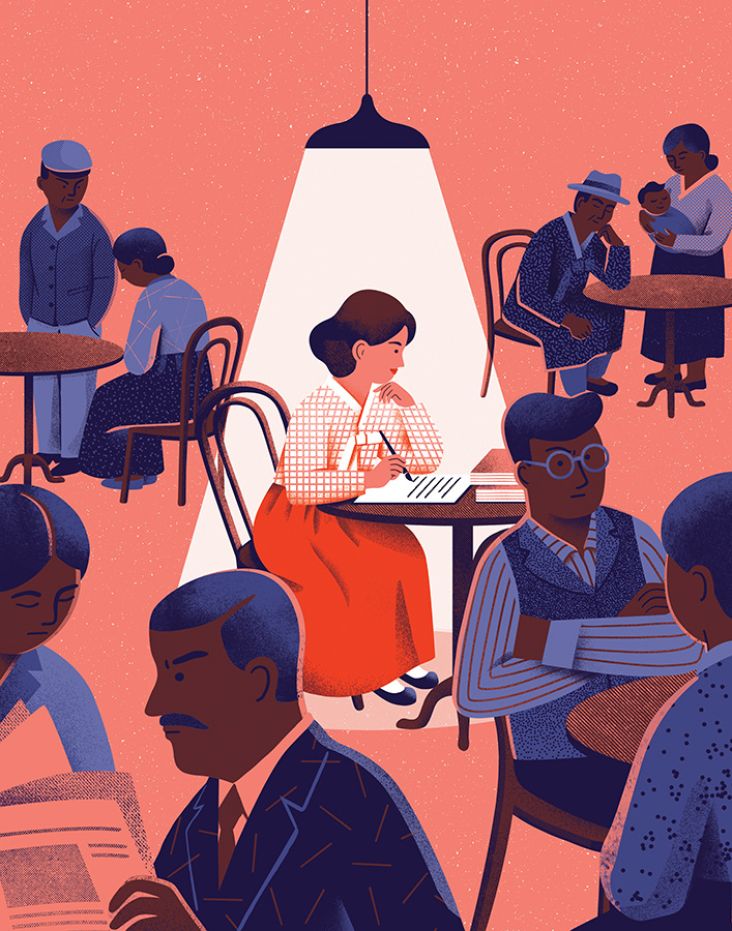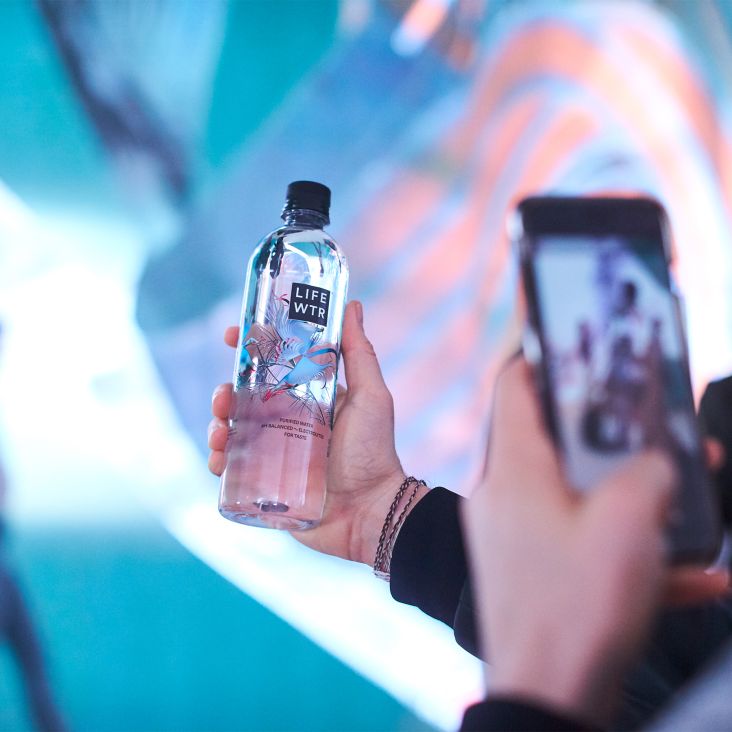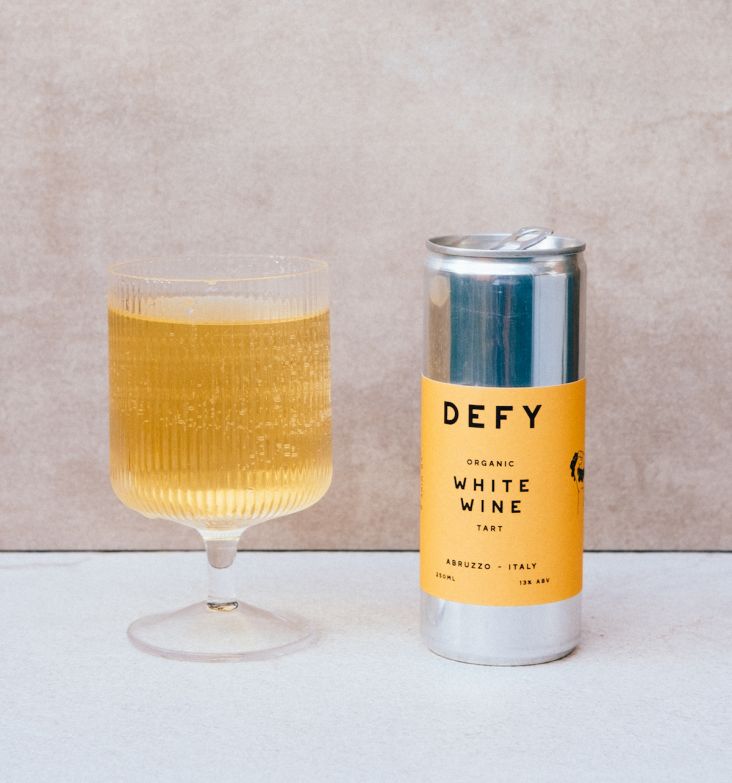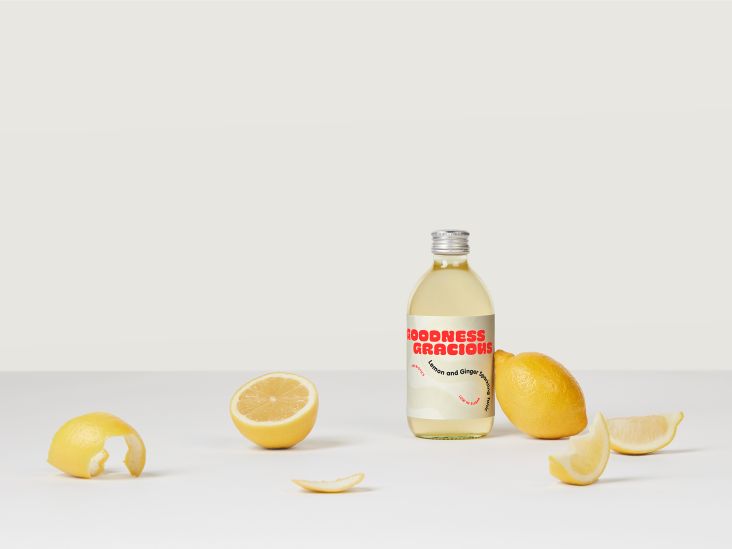The act of making and anthropology: Emma Crabtree on visual poetry and finding beauty in ugly things
Not many creatives can have their work described as "wonky" and get away with it or have the work somewhat de-valued in doing so. For artist-come-drawer-come-illustrator Emma Crabtree, however, that is not exactly how she describes her work, but the work is characterfully made all the better for it.
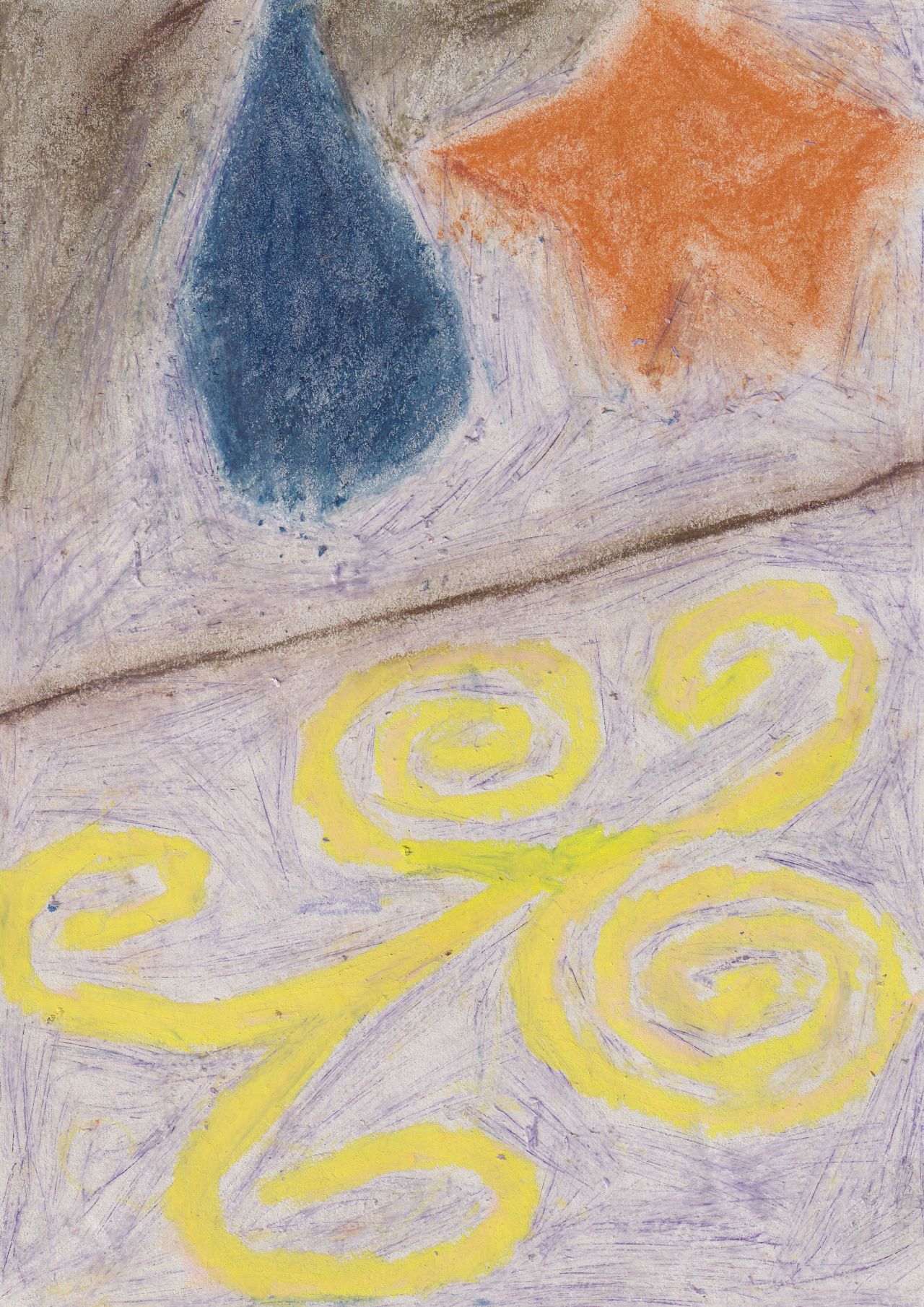
Emma Crabtree, Poem Picture,2020
Falling within the cracks across genres, the recent graduate of Leeds Arts University describes herself as a multi-disciplinary artist, telling us "I work with multiple processes," and that's including drawing, ceramics, publications and textiles. Still, primarily she thinks of herself as a drawer – "not like a chest of drawers," she adds.
Emma's speculative, contemplative practice is one inherently set within the act of making; working responsively and "usually starting with a question." Showing an awareness of this disciplinary transience, the subtlety of her work is seen both in the physicality of its aesthetic and Emma's mindset behind it. "I think all my drawings are like ideas of drawings, my ceramics are ideas of pots," Emma explains, operating within the blurred parameters of practices without deliberately fully encompassing one. "Much of my work is ambiguous," she adds, "I don't like hard, clear lines," a sentiment reflecting in the tenderness and utmost reverence to what she draws.
"I'm drawn to messy, scratchy linework and smudginess," Emma explains, "wonky clay forms with fingerprints visible, muted and somewhat grubby colours." The result of this is an unmistakable presence in her work. We can see it has been touched; its "faults" and scribbles and marks are what makes it profoundly human and incredibly curious.
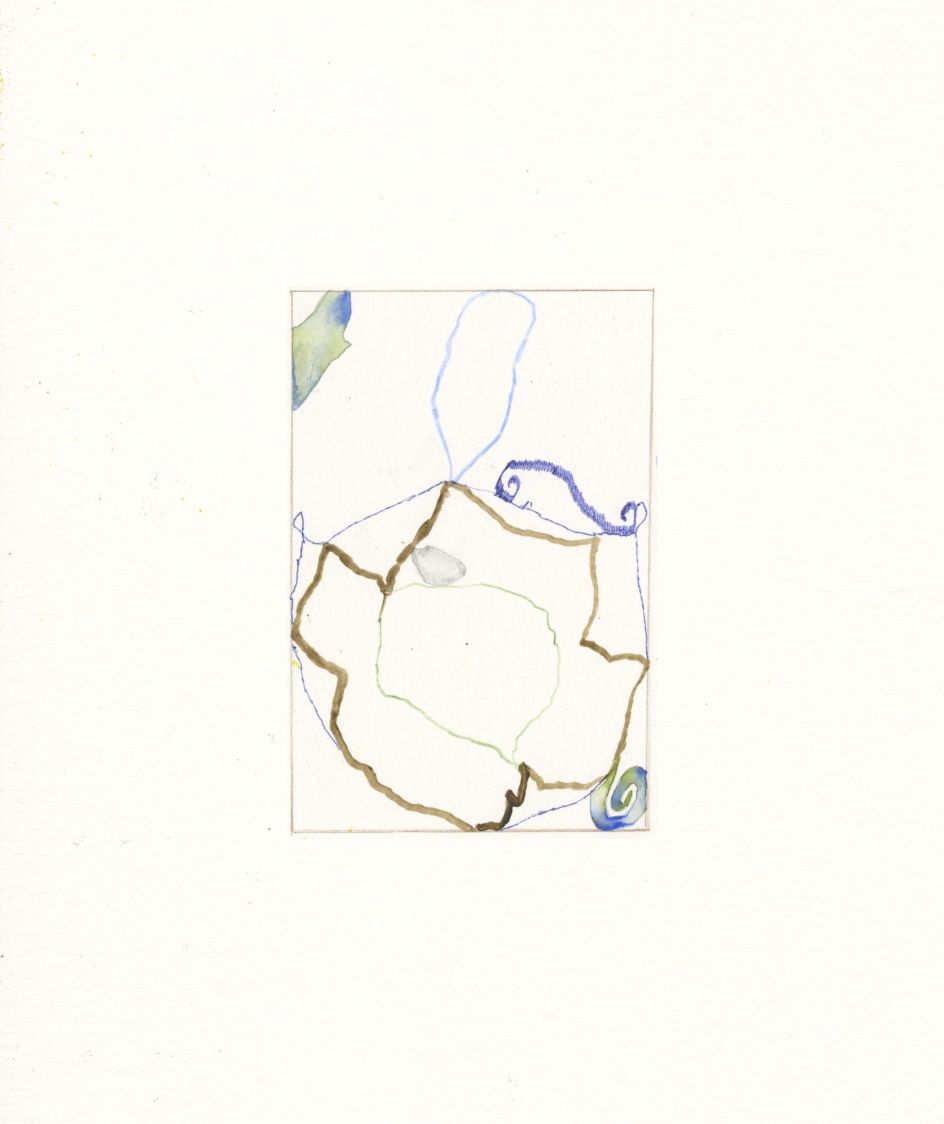
Emma Crabtree, Vase, 2020
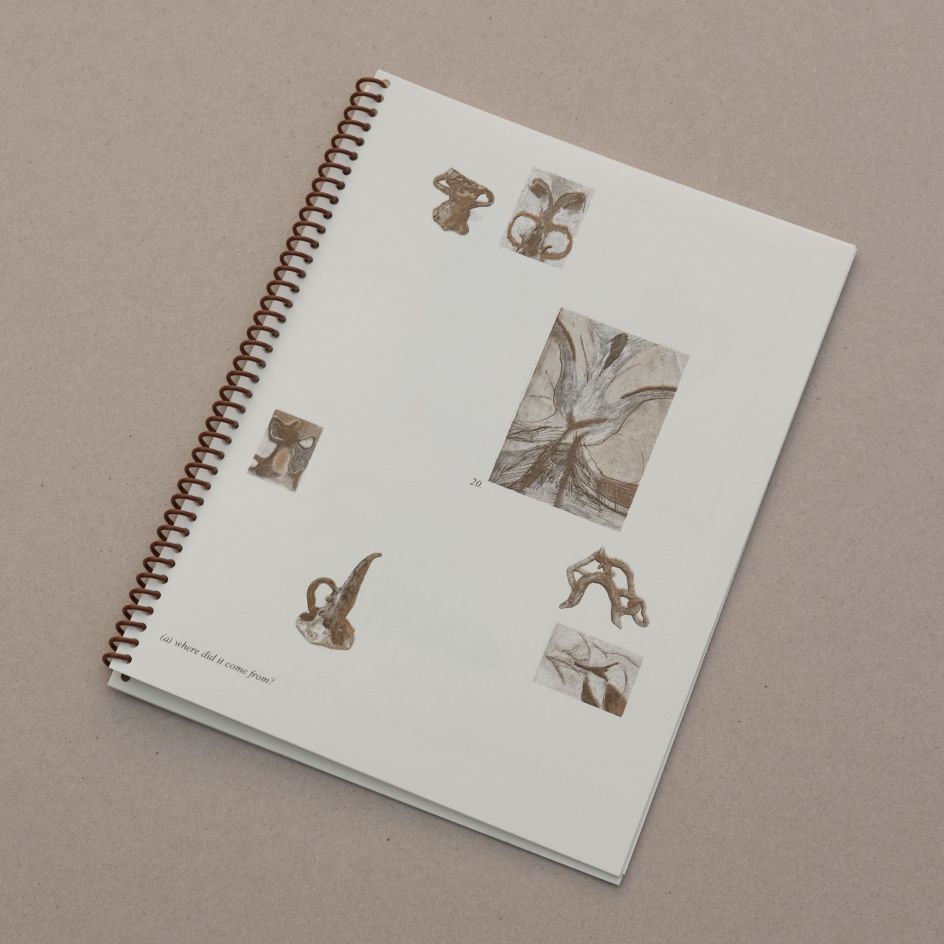
Emma Crabtree, Touchstone,2020
"I feel like I'm on a quest to make drawings that are just the right amount of ugly," Emma adds, creating work that is beautiful in it's "ugliness" and imperfection. The manifestation of this can fall on either contrary end of Emma's compositional spectrum, ranging from drawings that fill the page to the brim with form and push colour against the very edges, to delicate "tile-like" arrangements more similar to an archival manuscript.
"Inspiration comes from a lot of different places," Emma explains, "and they all feed into something that isn't quite any of those things," all of which, however, seem to have an ephemeral tone and a meaningful purpose. From second-hand books to gallery catalogues and miniature figurines, Emma finds herself perhaps drawn to objects not given as much appreciation as they should, noting her draw to the "overly ornamental, decorative and perhaps arguably ugly." With this in mind, Emma's inspirations seem to be equally as ethereal as her practice – "I'm interested in the kind of fuzziness and blurriness that comes from this way of working," Emma explains, finding the clarity through an elegant sense of curation and deliberation.
It can often conceptually or manifest in the form of poetry in her work – be it the visual poetic silence and mindful space across her drawings, or the appearance of the written word. "I'm quite led by tone," Emma explains, "I want my images to 'feel' a certain way," adding, "maybe my work is poetic in that it is ambiguous."
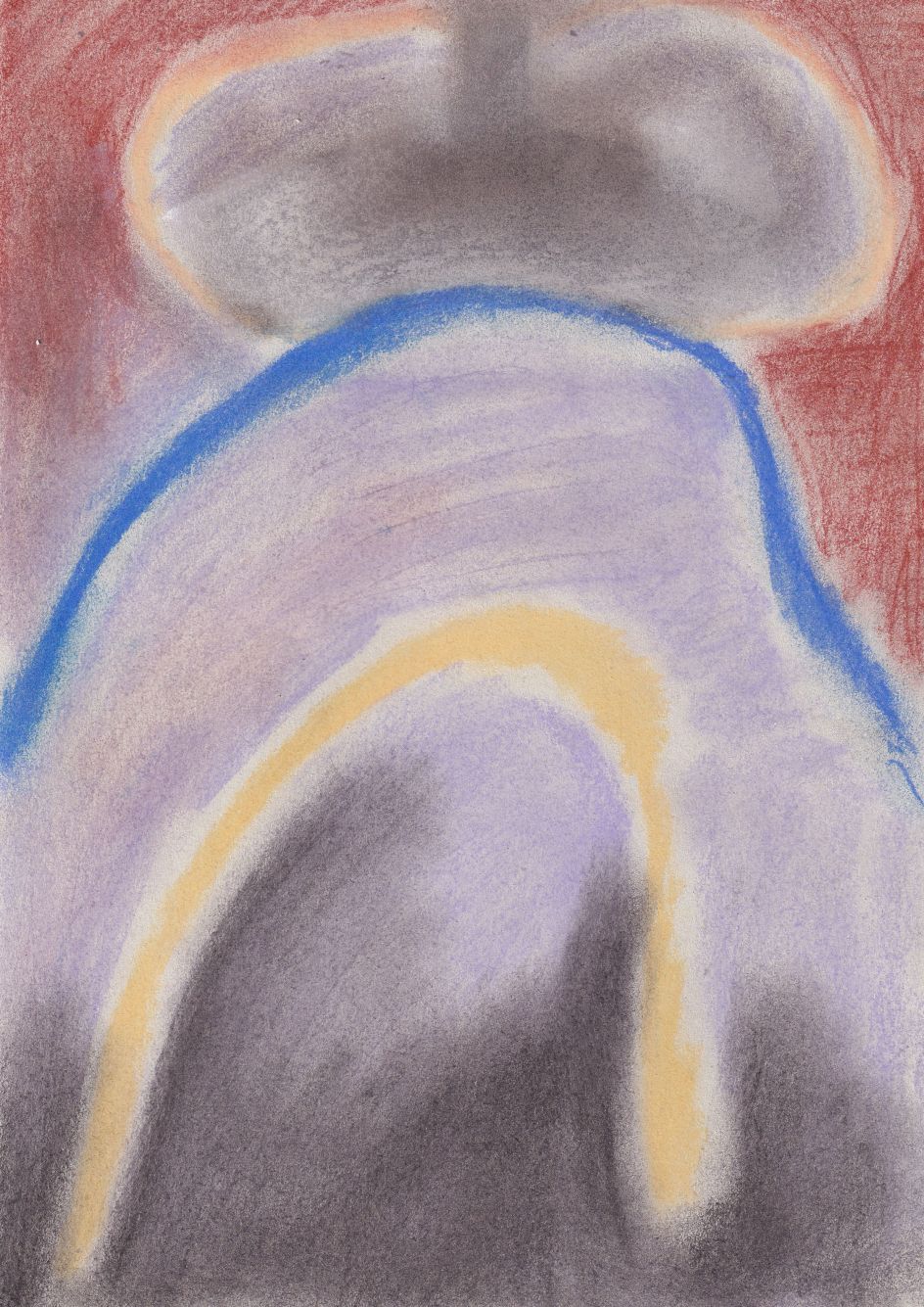
Emma Crabtree, Poem Picture ,2020
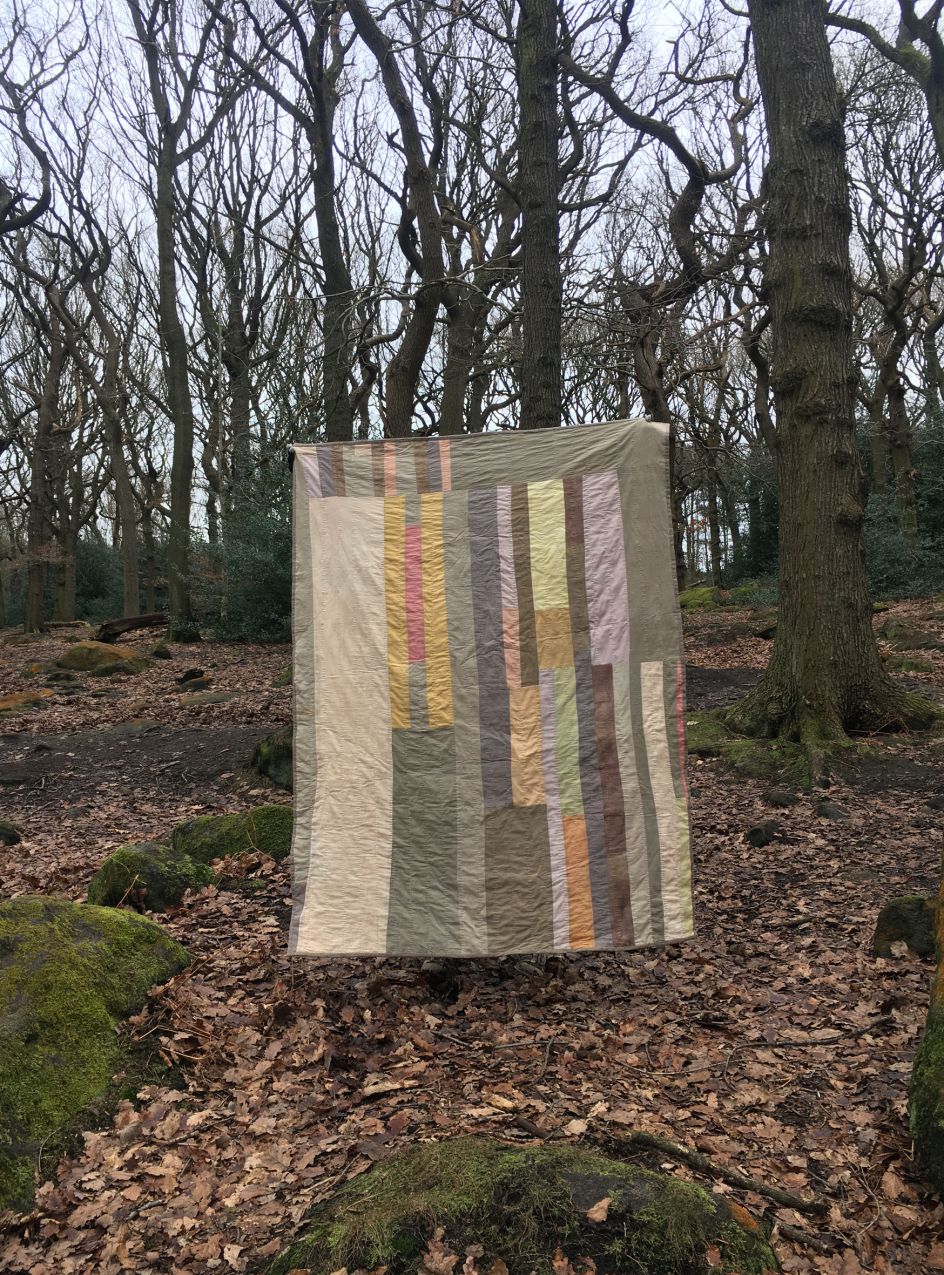
Emma Crabtree, Quilt ,2020
Emma's recently published book Touchstone truly exhibits this harmonious concoction of the written work and her drawings. Her proudest work to date, Emma explains "it's the culmination of a large project that brings together drawings, objects and writing in a way that I think visualises a lot of my ideas and the way I work," metaphysically discussing her relationship with, and the process of, making. Almost a manifesto to Emma's practice, Touchstone showcases the utter wizardry of her talents – creating a book that simultaneously delights, intrigues and questions.
"I'm interested in translating motifs and images through different processes," Emma explains, suggesting that she's continually putting these ideas through a pasta machine until they change shape. "Objects are translated into drawings and drawings become objects and words," she explains, replicating the feeling of separate elements within one another; such as the feel of a ceramic glaze in the texture of soft oil pastels. "I'm interested in leaving evidence of my hand in all the work I make," adding, "I still haven't worked out whether this is a healthy or useful way to work, but it's something that interests me, and I come back to time and again."
What Touchstone also demonstrates is the process led and familial complexion of her practice, whereby she takes immediate inspiration to her environment. "Touchstone is the exact shape, size and binding of three other books I own," Emma tells us, adding "I wanted it to fit neatly on the shelf with books I love."
Having had one of her drawings recently published by Romy Day Winkel in their anthology essay 'LIKE,' within the entry' A Baroque Longing,' Emma looks ahead – currently working on an album cover. "I'm looking forward to pushing myself to make a more applied, functional piece of illustration," she explains, thriving in the potential within collaboration as we can see in the variety of these two projects.
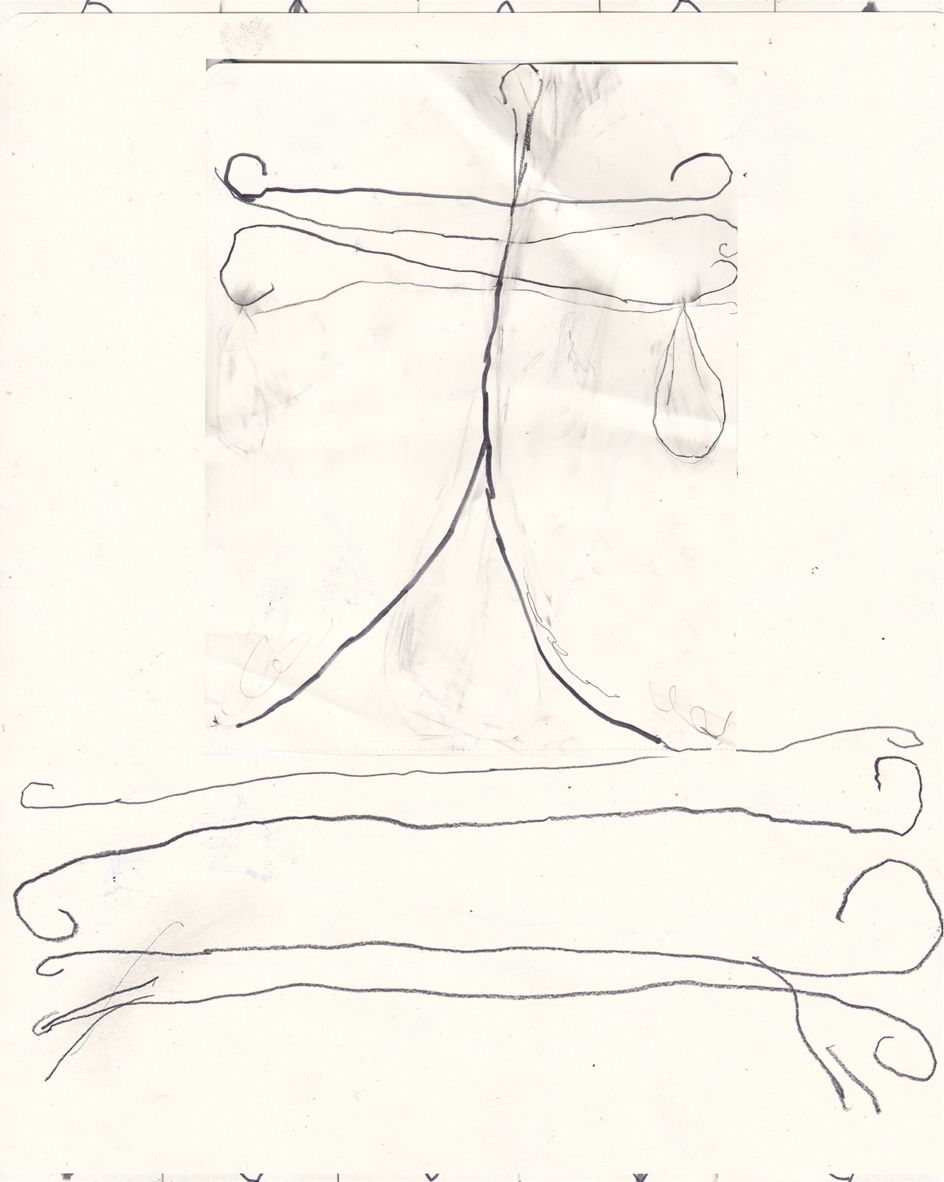
Emma Crabtree, ,2020Emma Crabtree, Drawing,2020
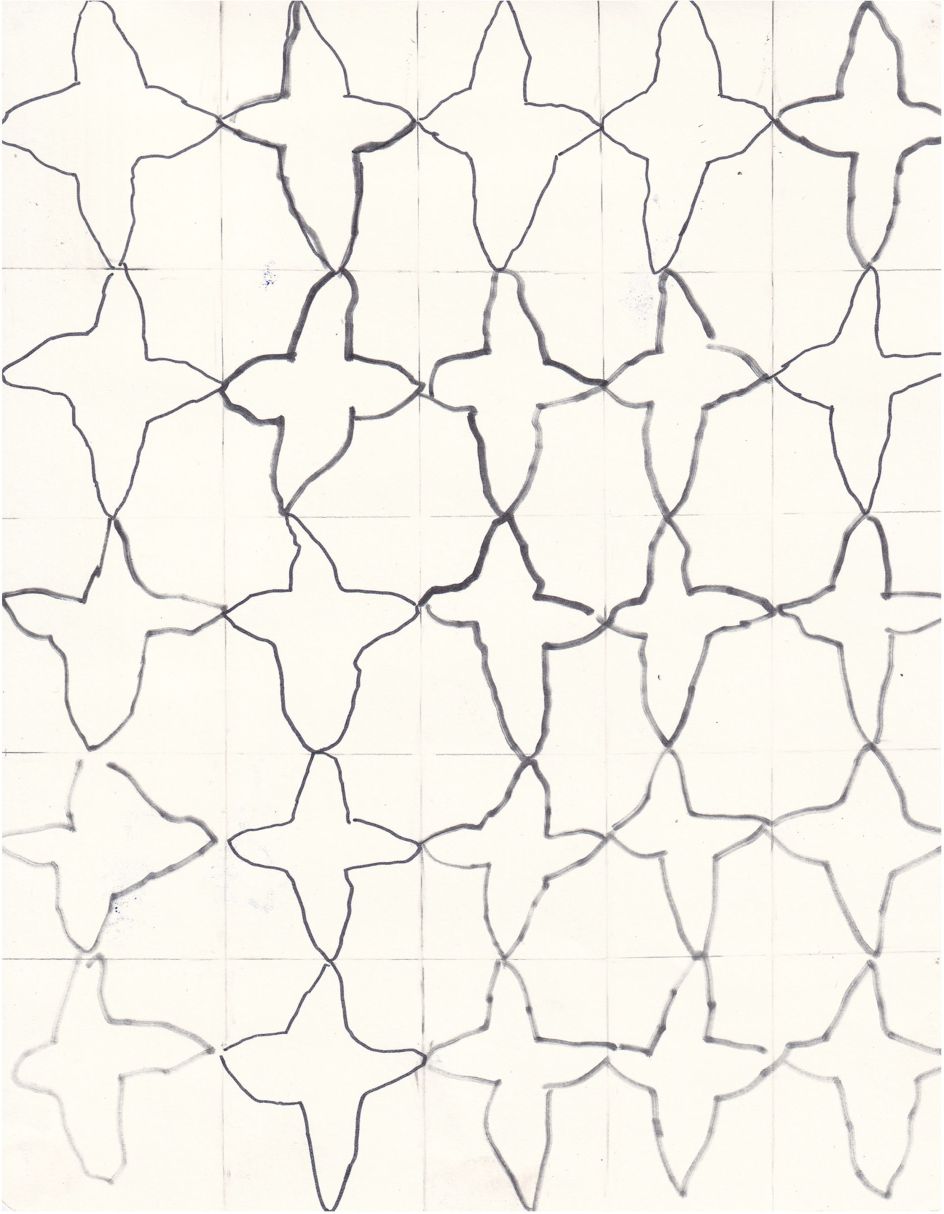
Emma Crabtree, Drawing,2020
Overall, Emma's drawings can't help but leave us excited, not merely in what they are, but importantly how they feel. The quality and content of Emma's work seem innately British, but in a sense far from the flying of a red cross or quaint cream teas. Instead, it's in a way representative of the rural and undomesticated British landscape. Akin to the broads, the peaks, the lakes and the forests, Emma's drawings feel grown and seem innate to the British Isles long before the borders were put in place, existing alongside the Anglo-Saxons Iron-age settlers.
This unspoken quality to Emma's work is difficult to describe, feeling both archaeological and entirely new – as if we've lived with it throughout our history. Yet, it is arrestingly refreshing as if we've dutifully known it when we've only just met it. An anthropic charm is made all the more nostalgic through each visceral mark made with her timely, considered and fastidious eye. There is a diaristic element to the work too, where the delicacy and precision of the forms are abstractly representative of feelings, places and sensations. In the end, it is story-telling told with a coarse, pastoral simplicity.
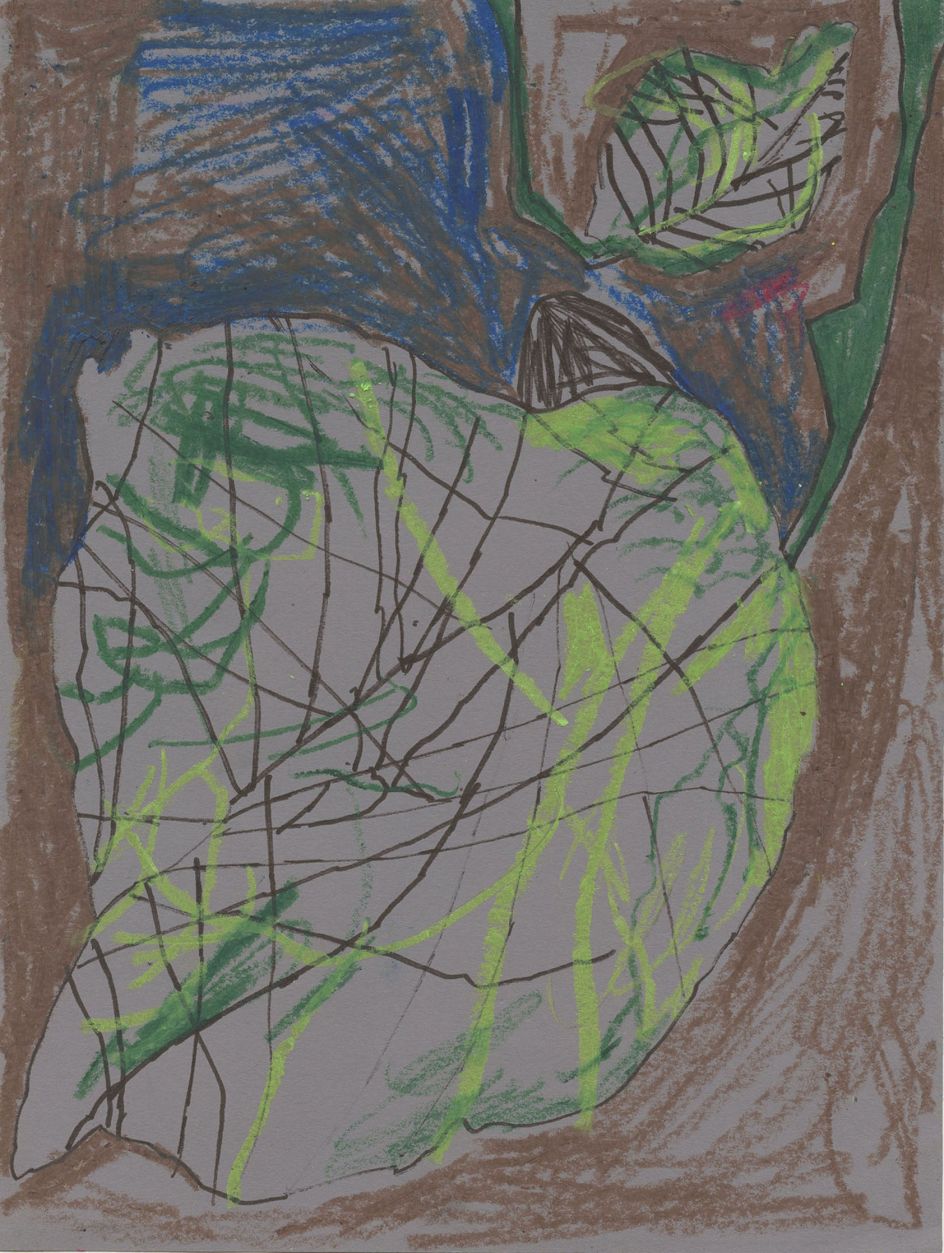
Emma Crabtree, Drawing, 2019
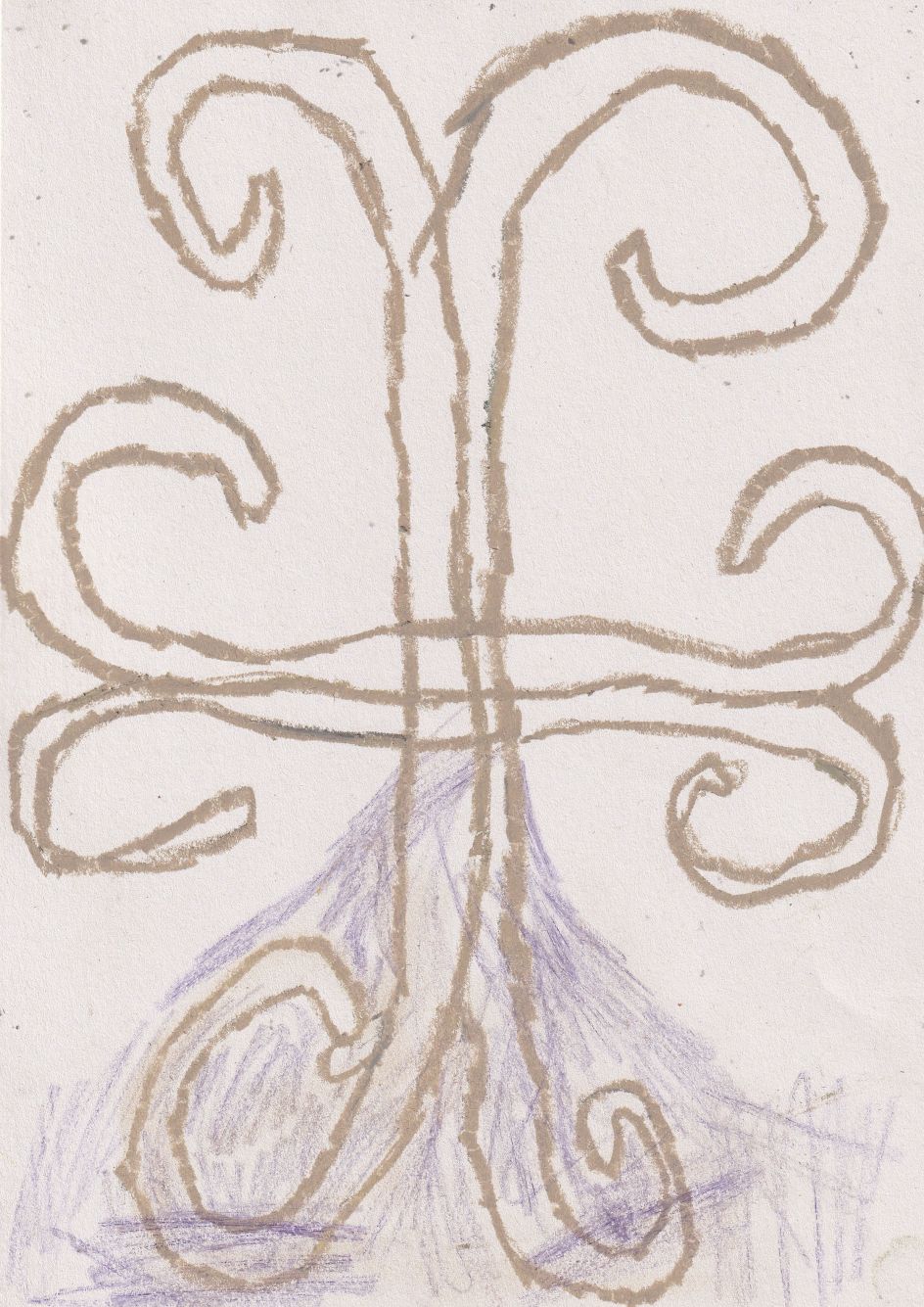
Emma Crabtree, Poem Picture ,2020
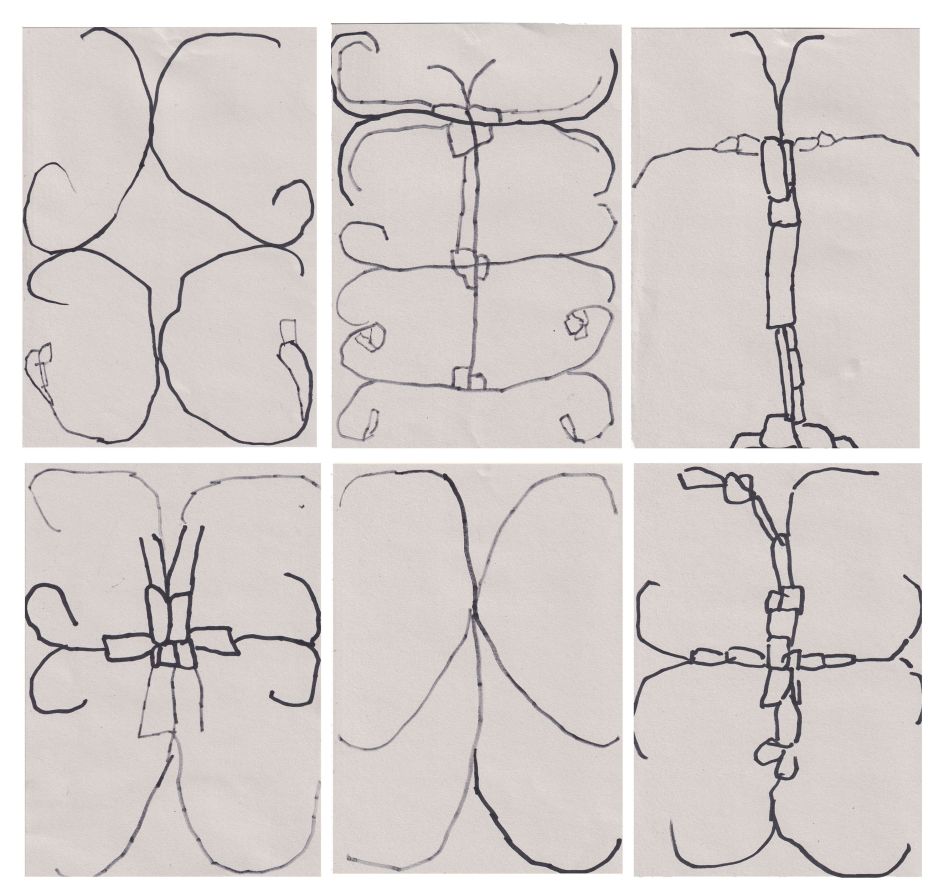
Emma Crabtree, Ruins ,2020
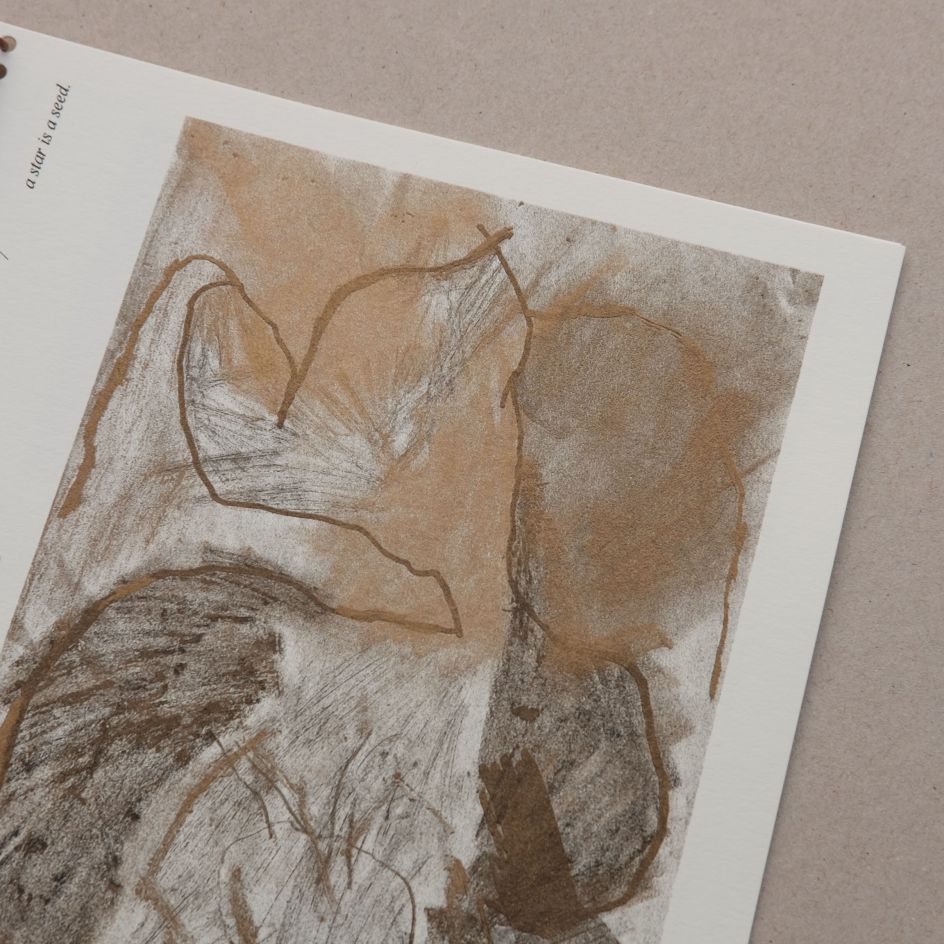
Emma Crabtree, Touchstone,2020
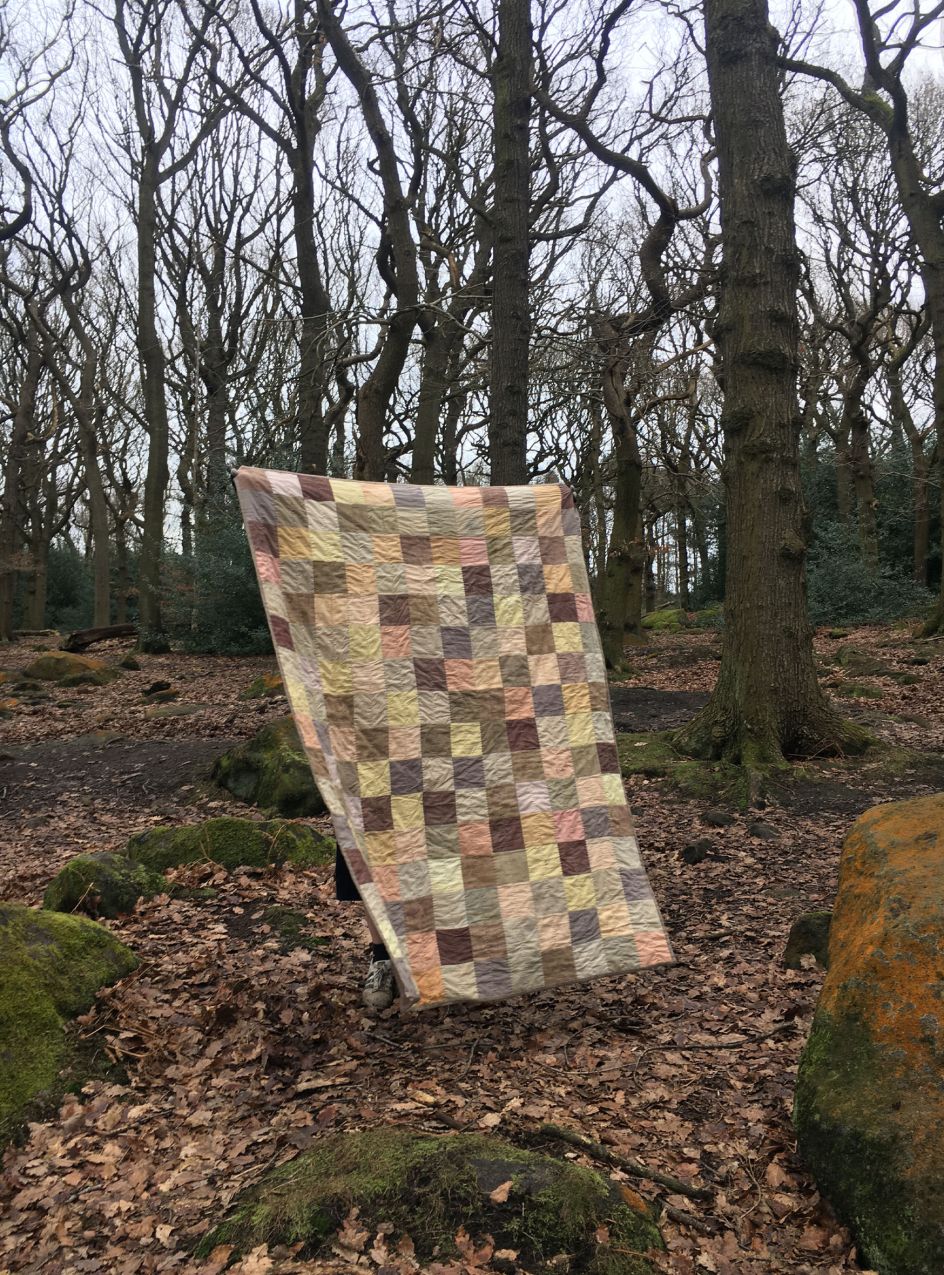
Emma Crabtree, Quilt ,2020




 by Tüpokompanii](https://www.creativeboom.com/upload/articles/58/58684538770fb5b428dc1882f7a732f153500153_732.jpg)


 using <a href="https://www.ohnotype.co/fonts/obviously" target="_blank">Obviously</a> by Oh No Type Co., Art Director, Brand & Creative—Spotify](https://www.creativeboom.com/upload/articles/6e/6ed31eddc26fa563f213fc76d6993dab9231ffe4_732.jpg)








